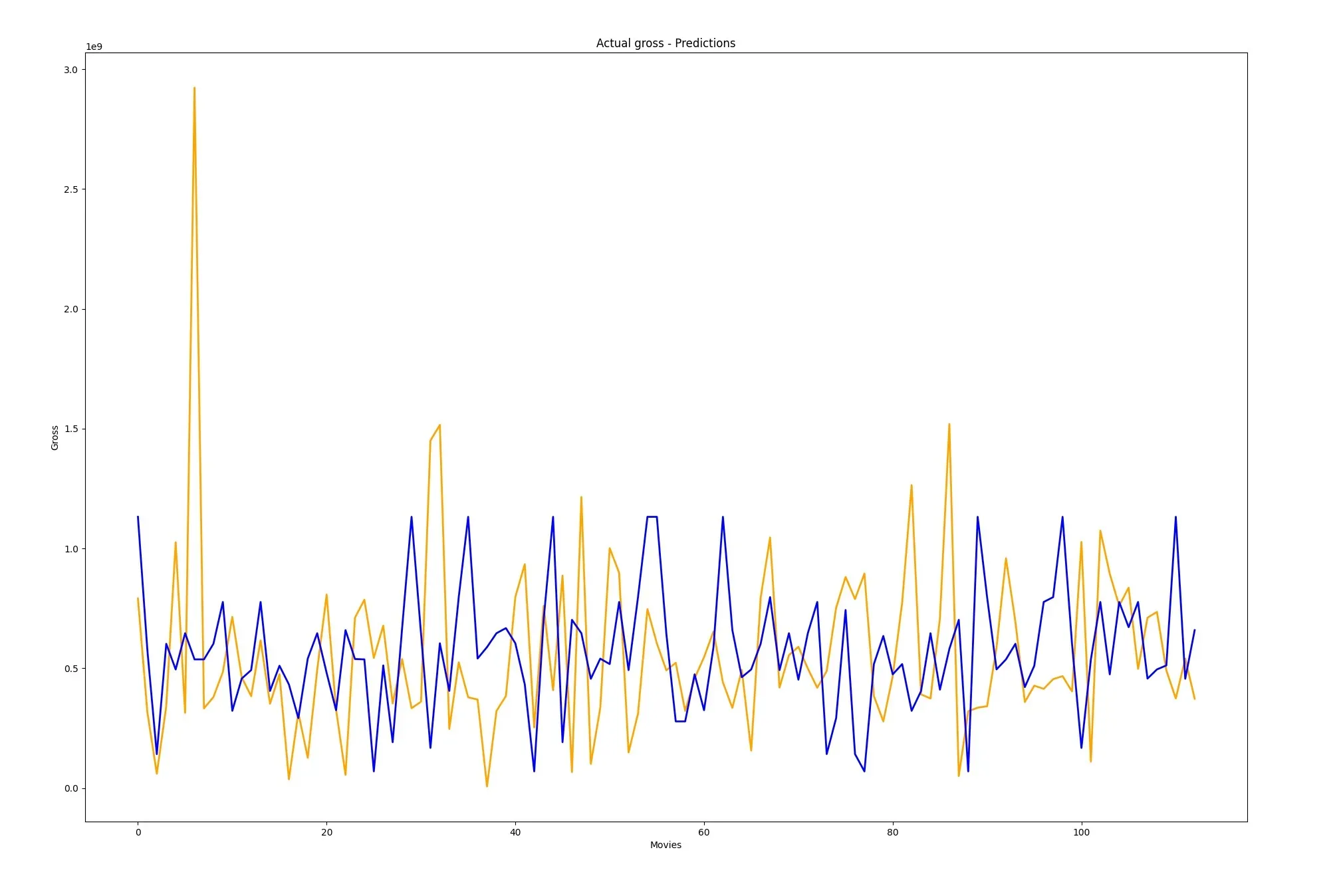
A Guide to Anomaly Detection in Machine Learning
Anomaly detection is a machine learning method, which falls under unsupervised learning category. As its name might suggest, we use it to identify unusual or abnormal data points.
In other words, it’s a useful technique for detecting outliers or unusual patterns in data.
Types of Anomaly Detection Algorithms
Gaussian Distribution
This is one of the most popular choices. Gaussian distribution algorithm assumes that the data follows a normal distribution and calculates the probability whether a data point belongs in it or not.
In case that that probability is low, we can consider it as an anomaly.
Local Outlier Factor (LOF)
This algorithm identifies anomalies by measuring the density of an object compared to its neighbors.
It’s particularly useful for detecting local outliers in the data.
Clustering-based
Detecting anomalies with the help of a clustering algorithm is another technique we can use. Therefore, we base it on the ability of clustering to group similar data points together.
Furthermore, we consider data points, which don’t belong to any clusters as outliers or anomalies.
Use cases
There are variety of applications for such algorithms. For instance, we can use it in intrusion detection, fraud detection in security industry. But they can also be found in manufacturing processes for detecting defective parts.
Conclusion
In conclusion, it’s a powerful technique in machine learning, which we can use to identify unusual patterns from data.
I hope this article about anomaly detection was instructive and perhaps even inspired you to dig deeper in machine learning science field.


